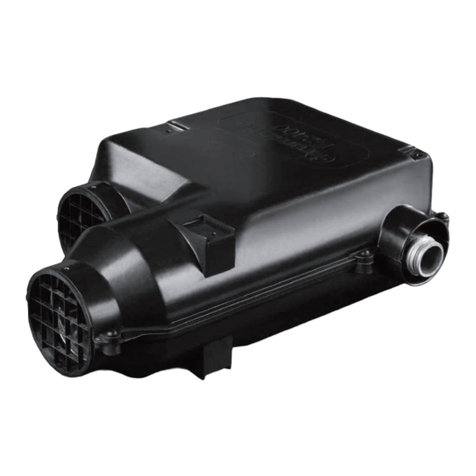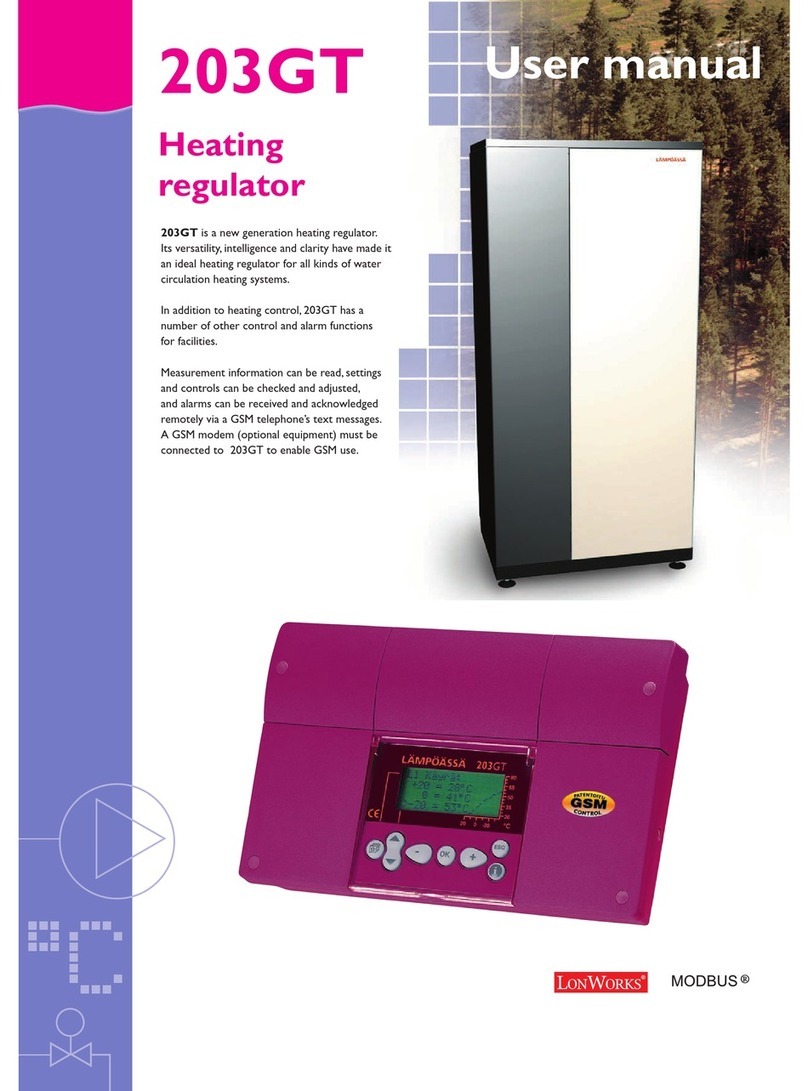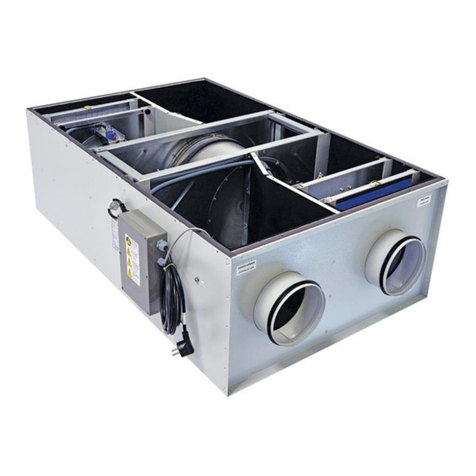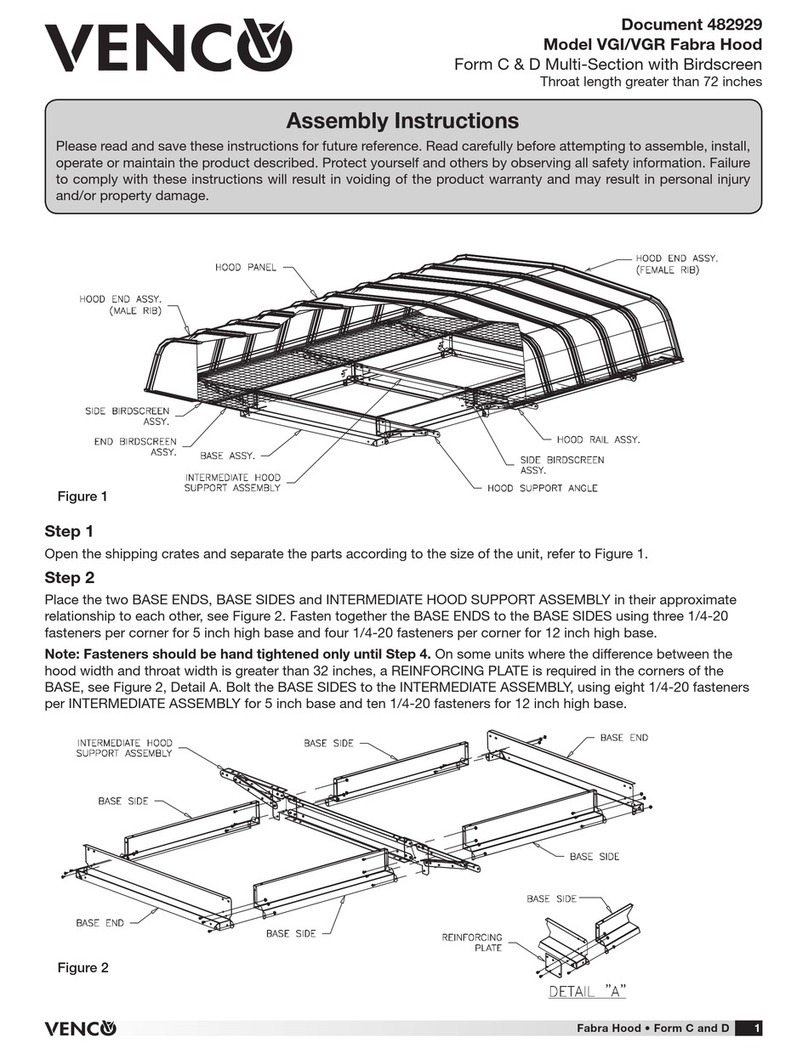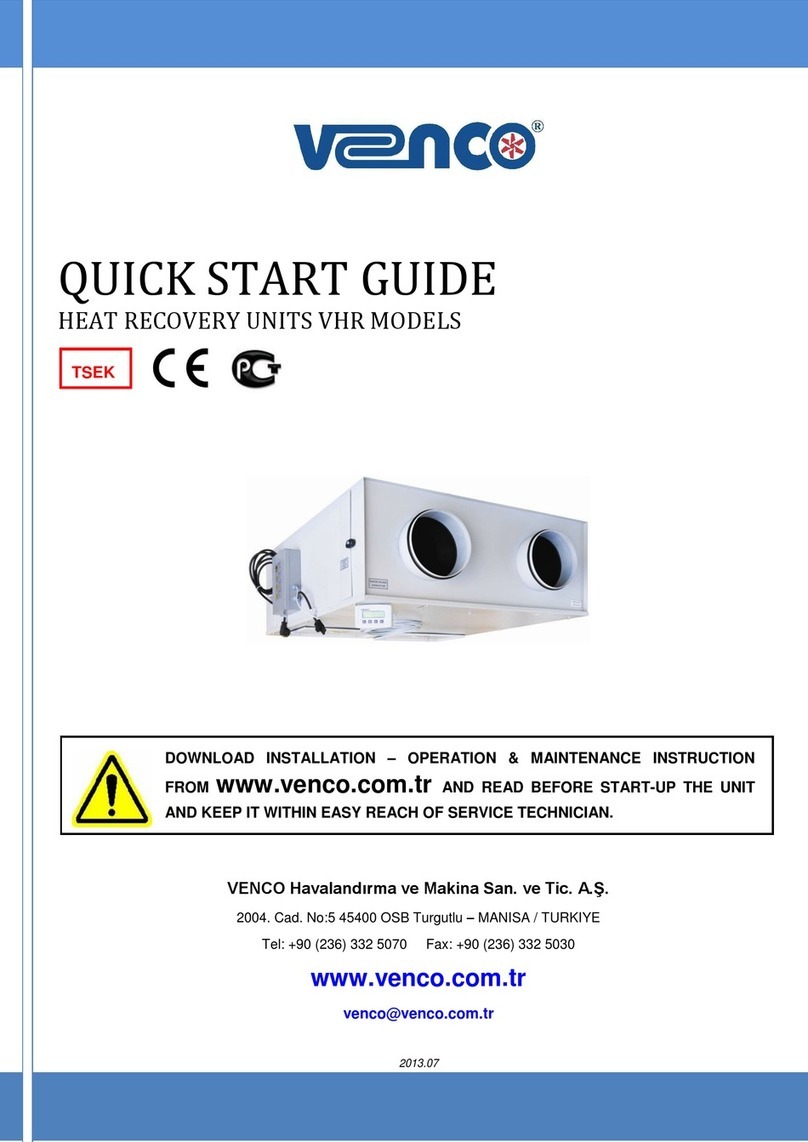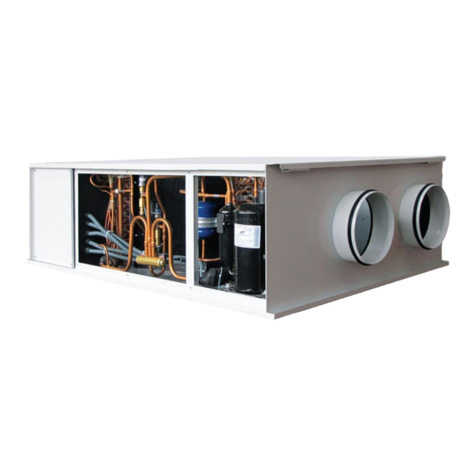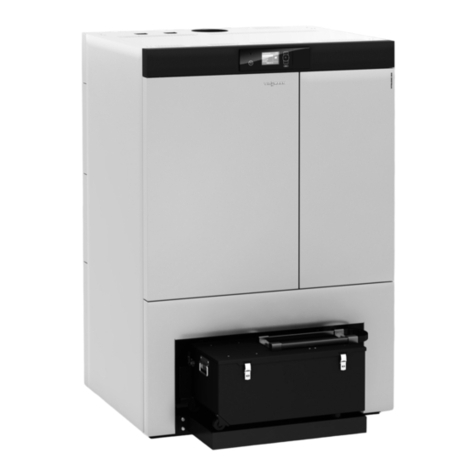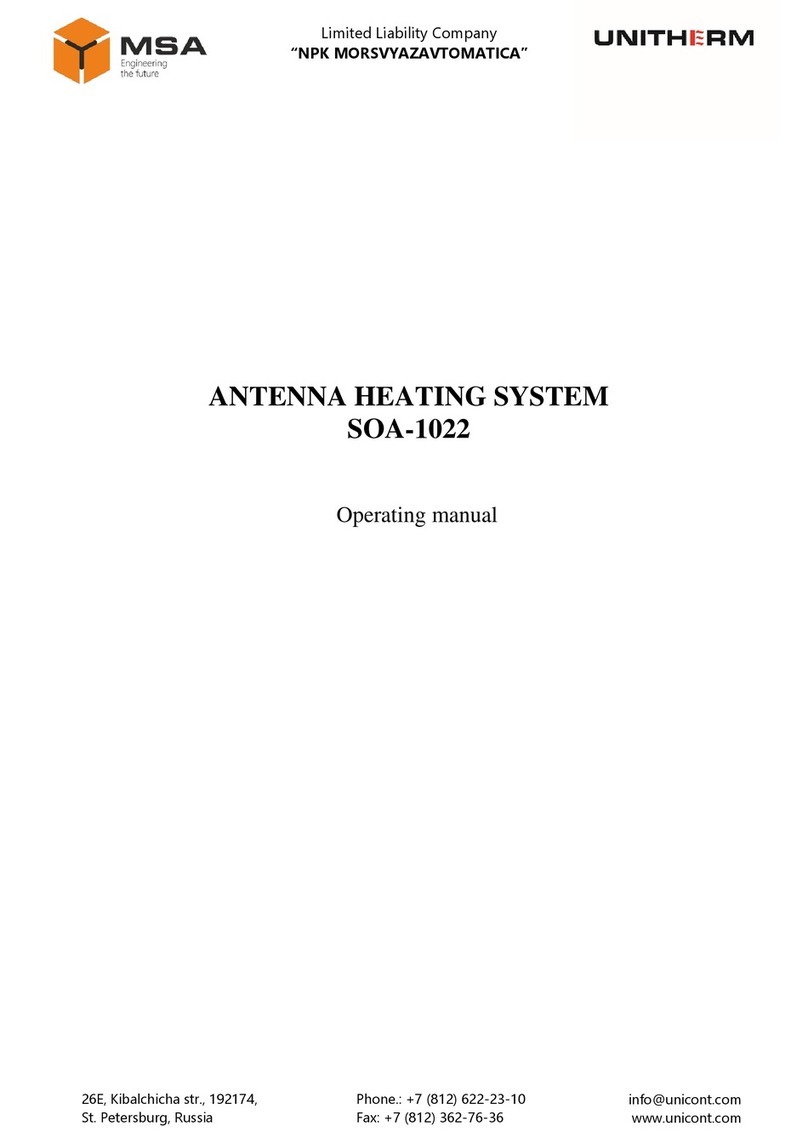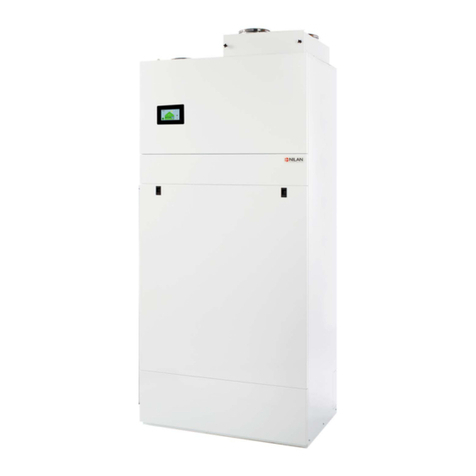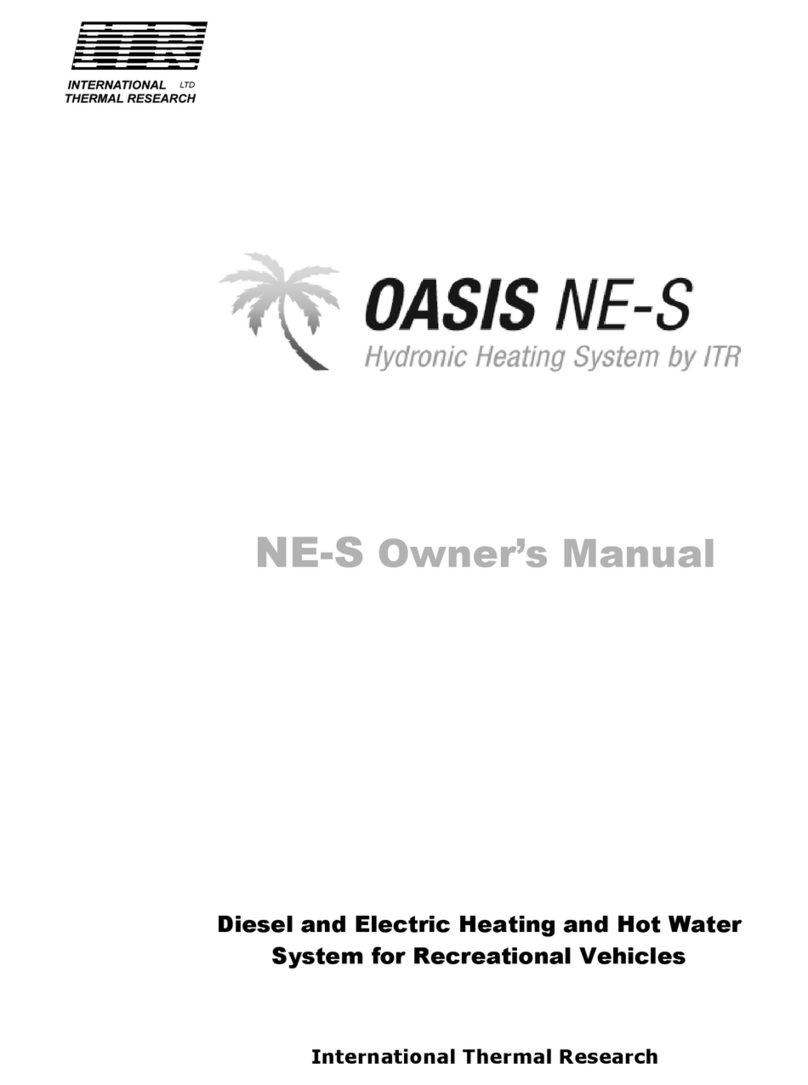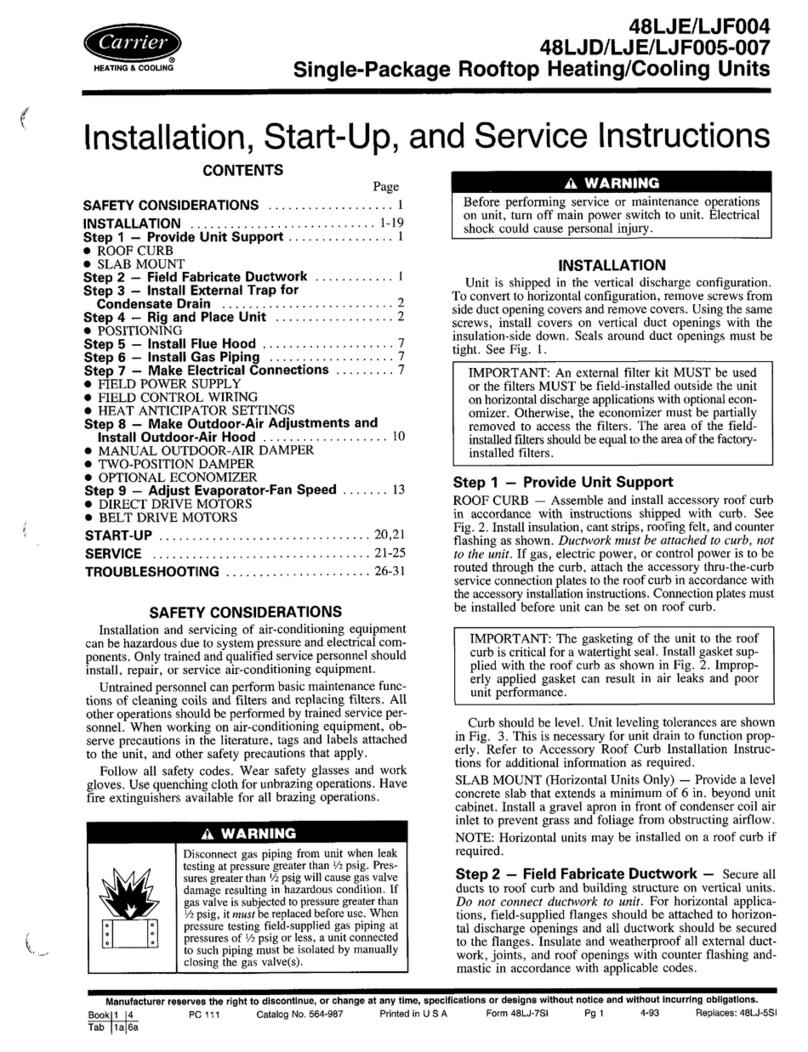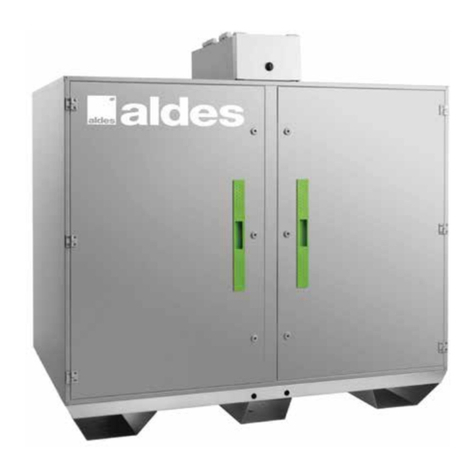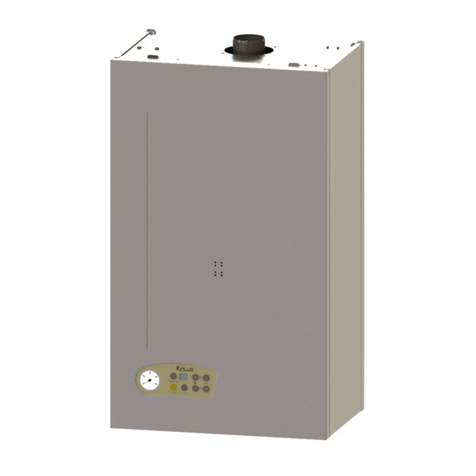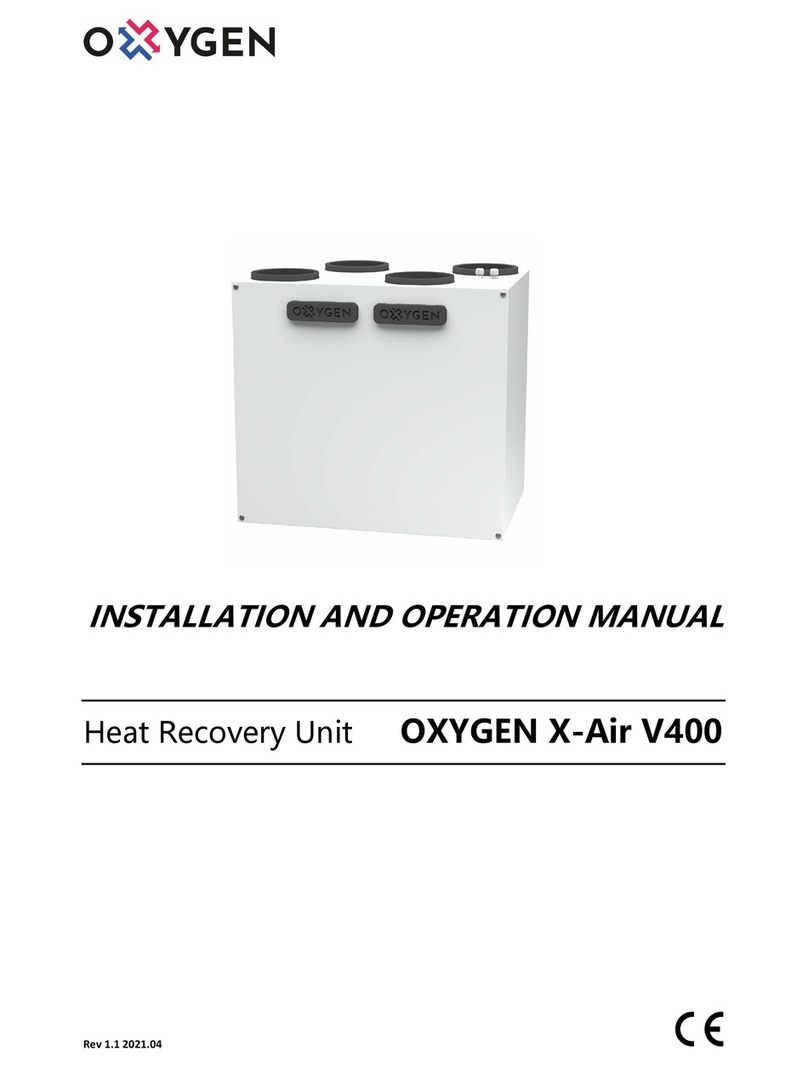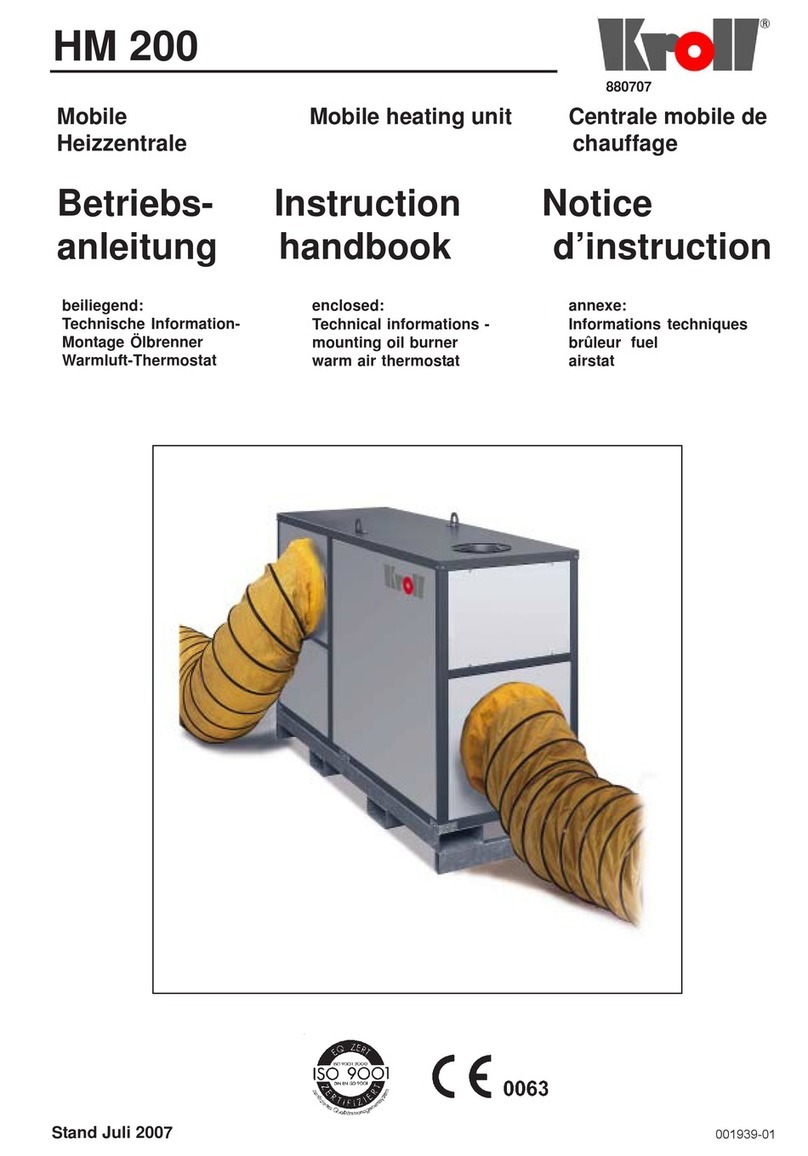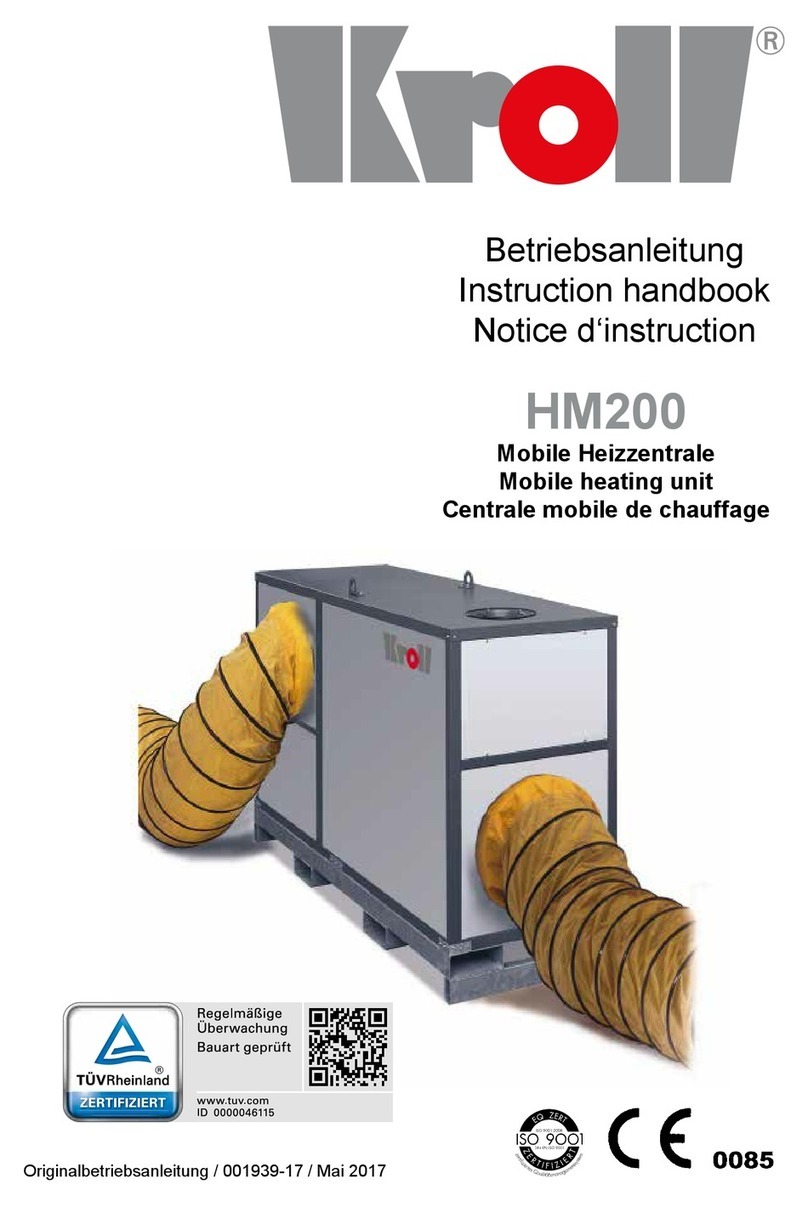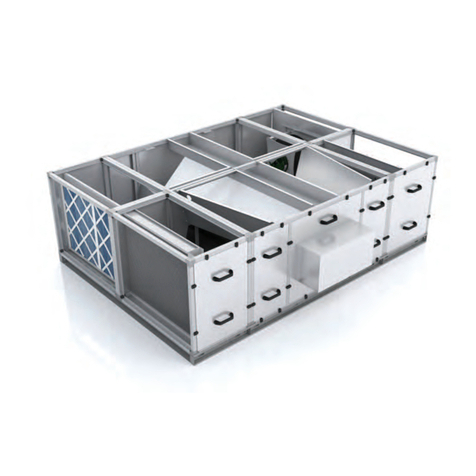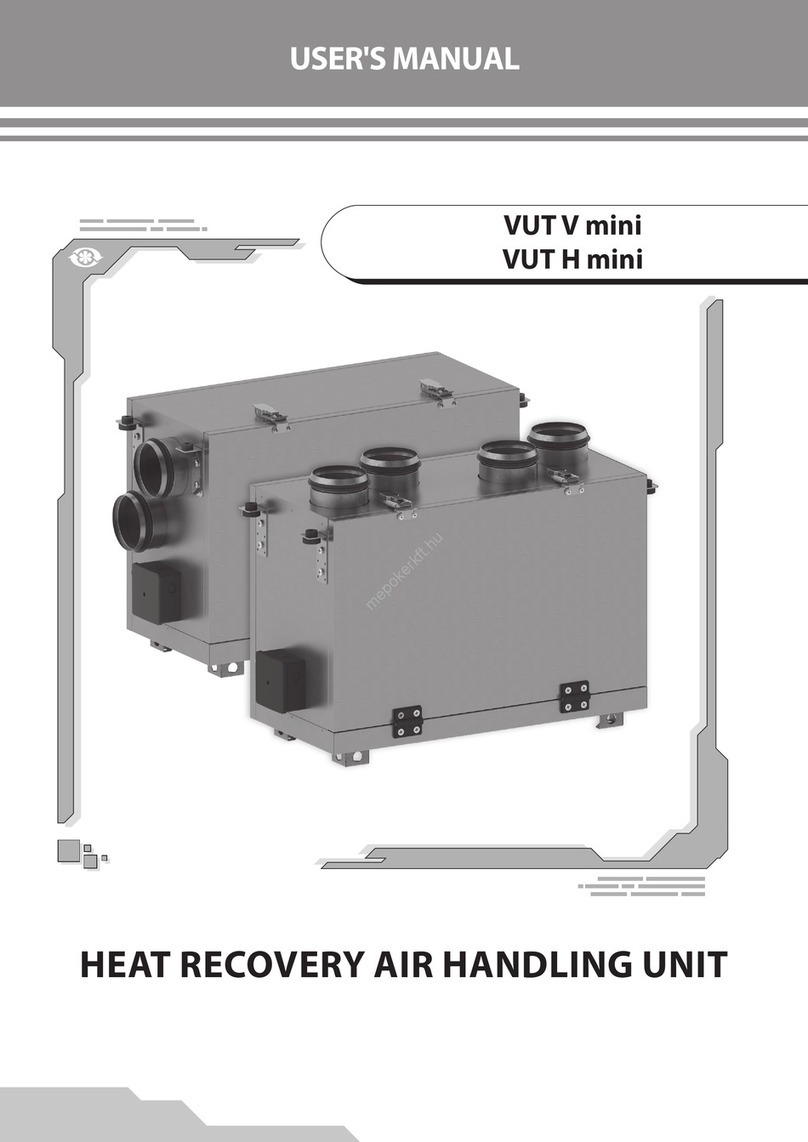
2019.10 2 / 31
Index
1. INTRODUCTION..................................................................................................................................... 4
2. HEAT RECOVERY UNITS and VHR MODELS....................................................................................... 4
Figure 2.1. VENCO Heat Recovery Units.................................................................................................... 4
Figure 2.2. Heat Recovery Unit Schema..................................................................................................... 5
Figure 2.3. Heat Recovery Unit Schema (Plug)........................................................................................... 5
3. TECHNICAL SPECIFICATION for HEAT RECOVERY UNITS................................................................ 6
Table 3.1.1 Technical Specifications for VHR Models................................................................................. 6
Table 3.1.2 Technical Specifications for VHR EC Models........................................................................... 7
Table 3.2. Dimensions for VHR and VHR EC Models................................................................................. 8
4. WORKING CONDITIONS ..................................................................................................................... 10
5. TRANSPORTATION –STORAGE –INSTALLATION........................................................................... 10
Figure 5.1. Lifting Schema........................................................................................................................ 10
Figure 5.2. Installation Schema................................................................................................................. 11
Figure 5.3. Connection Schema (Top View).............................................................................................. 11
Figure 5.4 Connection Schema................................................................................................................. 12
6. CONNECTIONS.................................................................................................................................... 12
6.1. DUCT CONNECTIONS ..................................................................................................................... 12
Figure 6.1.1. Duct Connections Schema (Changing the direction of air flow)............................................ 12
6.2. DRAIN CONNECTIONS.................................................................................................................... 13
6.3. ELECTRICAL CONNECTIONS.......................................................................................................... 13
7. SAFETY REQUIREMENTS................................................................................................................... 13
8. SAFETY LABELS.................................................................................................................................. 14
9. CONTROLS BEFORE START-UP........................................................................................................ 15
10. TRAINING of TECHNICIANS............................................................................................................. 16
11. RECOMMENDATIONS FOR SAFETY............................................................................................... 16
12. START-UP......................................................................................................................................... 16
13. MAINTENANCE................................................................................................................................. 16
14. CONTROL FUNCTIONS.................................................................................................................... 17
14.1. Standard Electronic Controller (SEC)............................................................................................. 17
Figure 14.1.1. Standard Electronic Controller (SEC)................................................................................. 17
Table 14.1.1. Electronic Controller Buttons............................................................................................... 18
14.2. Functional Electronic Controller (FEC) ........................................................................................... 19
